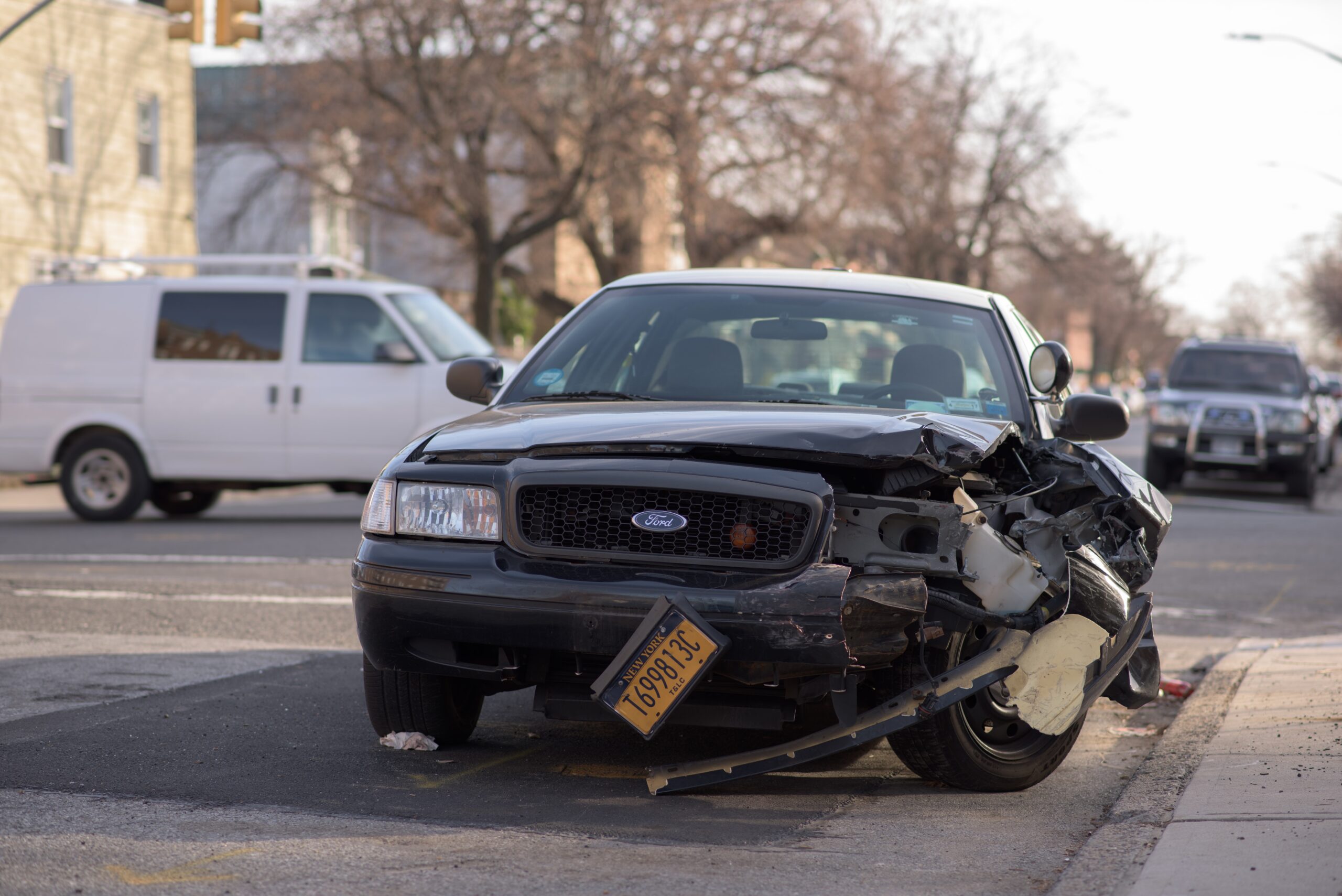There are specific things you should do following a car accident that wasn’t your fault to help protect your legal rights. It includes notifying your insurance company, collecting evidence and contacting a lawyer.
It can be challenging to think clearly after an accident. But following these steps will ensure you can preserve vital information and support your case later.
Call the Police
If you’re involved in a car accident that’s not your fault, it’s essential to call the police. It will help to ensure that the accident is properly documented.
You’ll also want to exchange information with other drivers. It includes their name, contact information, and insurance details.
The police officer will gather this information and document it in a report that can be helpful to you and your attorney.
It can be tempting not to call the police after an accident that’s not your fault, especially if there are no injuries and only minor damage to both vehicles. However, this can make it harder to prove your court case later.
Contact a Lawyer
Almost everyone has been involved in a car accident at some point. But some accidents result in long-lasting or permanent injuries (even death).
It is crucial to speak with a lawyer if you or a loved one has been hurt in an accident that wasn’t your fault. Lampert and Walsh Denver car accident lawyer, can help you determine who is liable for your damages and seek compensation from the responsible parties.
A lawyer can also handle the claims process on your behalf, helping you negotiate with insurance companies so that you can focus on your medical care and recovery. A reasonable attorney can save you time and stress after a car accident.
Exchange Information
It’s essential to exchange information with the police after a car accident that’s not your fault. It is required by law and can help you recover compensation for your injuries.
Insurance companies and attorneys must see a police report before reviewing your case. It may be difficult if you leave the scene of an accident, so be sure to exchange all the information you need before you go.
Ask for the name, address, driver’s license number, insurance information, and phone number of everyone involved in the crash. Also, get their vehicle’s make, model, and year. Note any identifying features such as specialized wheels, window tinting, or decals. If you can, take a photo of the information. It can speed up the claims process.
Take Photos and Video
When you’re in a car accident that’s not your fault, photos are one of the best tools you have for proving liability. Without them, the insurance company for the at-fault driver may dispute how the crash happened and who should be held liable.
Having pictures of skid marks, weather conditions, traffic lights, and other evidence can help you prove that the other driver failed to yield at the intersection or was driving too fast for the conditions.
It’s also important to get pictures of the vehicles involved in the collision and their damage. The insurance adjuster will use this information to determine compensation for the claim.
Contact Your Insurance Company
After you are involved in a car accident that’s not your fault, you should contact your insurance company. It is essential if you have injury-related expenses that you need to cover, like medical bills.
In addition, your insurance can help you recover damages through deductible recovery and subrogation. It means that your insurer will receive payment from the at-fault driver’s insurer and then pay you out of this amount minus your deductible.
It is essential to remember that the insurance adjuster for the at-fault party is not working for you but for their employer. They will do everything possible to settle for as little money as possible and avoid going through a trial.
